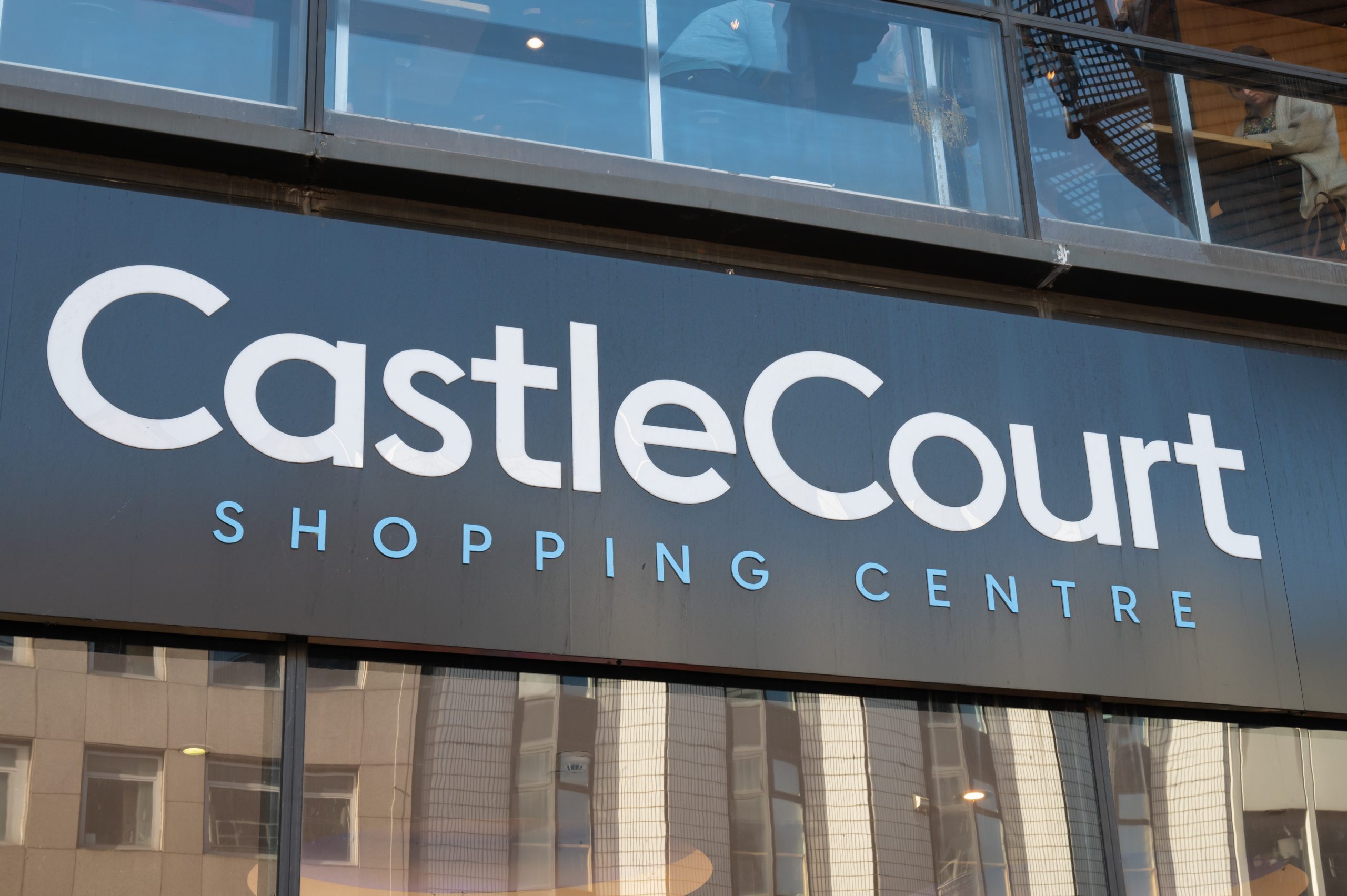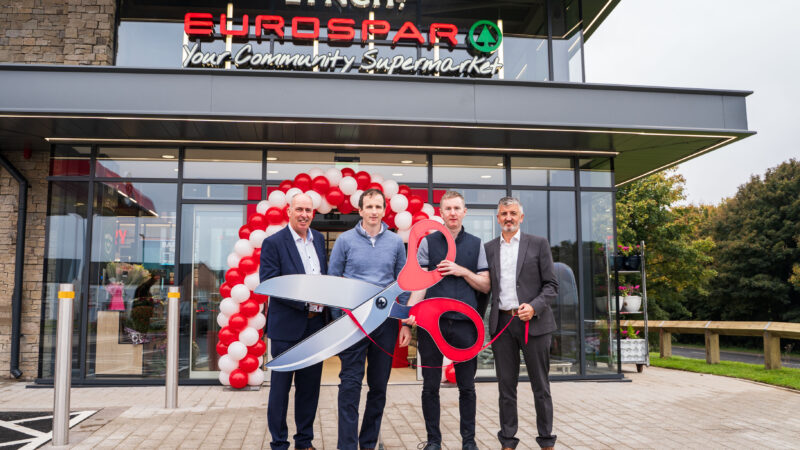Revitalising NI retail: shopping centres

A special feature in the August issue of NR looks at the challenges facing the shopping centre industry and the investments being made to reinvigorate a core part of the Northern Ireland retail market.
Shopping centres have been a mainstay of Northern Ireland for decades. Buttercrane Shopping Centre in Newry opened its doors almost 36 years ago, while CastleCourt opened to customers back in 1990.
Employing thousands of people across Northern Ireland, shopping centres are a critical component of society, a hub of the communities they are in, enabling charities to raise money and boost footfall for independent stores.
However, it is no secret that the shopping centre model has become tired, facing significant challenges with covid and the rapid raise of online shopping. A Royal Institution of Chartered Surveyors (RICS) report revealed demand for commercial property had fallen at its sharpest rate in three years, however found that the industrial space remains strong with the outlook a positive one.
The recent acquisitions of Forestside and Bloomfield centres by Michael and Lesley Herbert have injected much-welcome interest and focus on Northern Ireland’s shopping centres. While store closures and job losses make headlines, these acquisitions represent exciting activity within the sector, with plans for growth and expansion coming to the fore.

As Chair of Shopping Centres NI, Jamie Bill explains, there have been a series of challenges and headwinds faced by centres here and across the UK.
“Simplistically shopping centres are a collection of retailers brought together under one roof, so many of the issues they face will be those faced by all bricks and mortar retailers,” he said.
“Our tenants will face the same squeezes on profitability as any high street shop, e.g. overheads that have increased greatly over the past five years. Escalating costs for staff and utilities have not been helped by rates that remain stubbornly high despite recent revaluations. Raw material and transport inflation continue to have an adverse effect on the cost of products. All of these ultimately end up being passed on to consumers.”
Mr Bill said that there has been a shift in shopping habits, particularly post-pandemic, but to attribute responsibility for this to online retail is common and easy, but also a little lazy.
“Competition from online retailers is common to all physical retailers but not a new phenomenon,” he said.
“Granted, use of online services rocketed during the worst days of covid but even then, never accounted for more than around 60% of sales – when effectively they had a penalty kick, with goals 20 metres wide. Online sales have since fallen back to around 30%. Remember also that many bricks and mortar retailers are also heavily involved in online retail.
“Asked why they shop in-store, online consumers will cite enjoyment of the whole physical experience; personalised service and a desire to support local business. Online shoppers will refer to convenience, reliability and trustworthiness, sustainability and how they feel retailers performed during the pandemic. “All of these boxes can equally be ticked by physical retail, so perhaps this is an issue with perception and something for physical retail to focus on once the turbulence of the last few years has been weathered.”
“All of these boxes can equally be ticked by physical retail, so perhaps this is an issue with perception and something for physical retail to focus on once the turbulence of the last few years has been weathered.”
Neil McShane, Managing Director Ireland at Lambert Smith Hampton concurred that it is somewhat simplistic to blame online shopping for the change in consumer habits.
“Most of us shop online, but it is interesting to note that after a spike during the pandemic (for obvious reasons), online retail sales have mostly returned to trend over the past year or so,” he said.
“The economic impact of covid-19 and inflation means that customers are also savvier, resulting in a definite trend towards shoppers researching online and purchasing in a physical store.
“Footfall figures at the major schemes in Northern Ireland similarly suggest people have returned to shopping in real life. Springboard, the leading provider of retail performance insights, reported in September 2023 that footfall in shopping centres was 4.2% above the same period of 2022. For comparison, and excluding the pandemic-affected periods, footfall in our regional shopping centres was down 4.7% in 2019 compared with 2018.”
Mr McShane added that investors recognise that shopping centres do have a future, and the trends indicated by footfall numbers appear to back that up.
“What people want from a shopping centre continues to evolve. The decline in department stores has been well documented, and income from fashion and food and beverage tenants hasn’t returned to previous peaks. But there is an increased interest from shoppers in leisure offerings that offer a different experience,” he said. “The benefit of lower purchase prices is that it is leaving landlords with funds to repurpose and reimagine space, diversifying the use to fulfil leisure needs – something that’s evident in CastleCourt replacing former retail space with a cinema to increase its family entertainment appeal.”
“The benefit of lower purchase prices is that it is leaving landlords with funds to repurpose and reimagine space, diversifying the use to fulfil leisure needs – something that’s evident in CastleCourt replacing former retail space with a cinema to increase its family entertainment appeal.”
Julie Galbraith, DWF’s managing partner in Belfast and Head of Real Estate in Northern Ireland, agreed that the entire experience element was a key consideration for consumers.
“Shifts in consumer preferences have also leaned towards experiences over material goods, with people valuing dining, entertainment, and leisure activities more than ever,” she said.
“This change in behaviour has put immense pressure on traditional shopping centres, which have seen a decline in footfall and sales and necessitated a re-evaluation of the traditional shopping centre format.
“To re-establish shopping centres to their former glory or adapt to a new model, owners and managers should focus on a few key areas. Creating a destination experience is crucial and involves transforming shopping centres into spaces where people want to spend time, not just shop,” she added.
“For example, at Forestside Shopping Centre in Belfast, the local owners have been quick to invest in new units creating new dining opportunities with a view to creating a destination experience for all the family. Such initiatives can drive footfall and create a more vibrant atmosphere.”
TO READ THE FULL FEATURE ON NI SHOPPING CENTRES IN THE AUGUST ISSUE OF NEIGHBOURHOOD RETAILER, CLICK HERE







